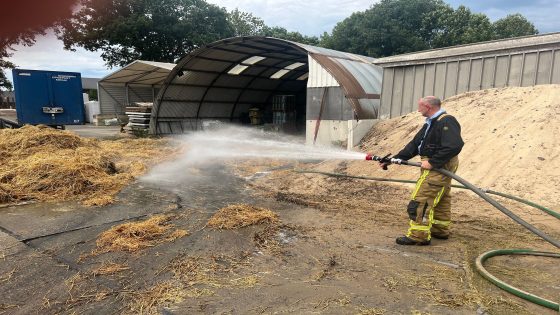Extreme partner violence in Helchteren has shocked the local community, raising urgent questions about prevention and justice. The tragic case, which culminated in a man setting his ex-wife on fire, has dominated headlines and public discourse in Belgium. As of 2025-07-05 23:26:00, authorities confirmed the suspect’s arrest, intensifying calls for stronger protective measures.
- Extreme partner violence occurs in Helchteren
- Suspect arrested for setting ex-wife on fire
- Recidivism risk increases without prison leave
- Therapist discusses breaking violent relationship patterns
- Suspect to appear before investigative judge
- Family tragedy involves fire and fall incident
Experts and survivors alike are asking: how can such violence be stopped before it escalates? The recent events in Helchteren highlight the critical need for effective intervention and support systems for victims of domestic abuse. Discussions around penitentiair verlof (penitentiary leave) and recidivism rates have also gained prominence.
With this in mind, what steps can Belgian society take to break the cycle of extreme partner violence? The following fast answer provides a concise overview.
Why do cases like this still occur despite existing laws? Could better rehabilitation reduce the risk of recidivism? Addressing these questions involves understanding the complex dynamics behind partner violence:
- Penitentiary leave without strict monitoring may increase the chance of repeated violence.
- Relational therapy shows promise in breaking entrenched patterns of abuse.
- Early intervention and community awareness are vital to protecting vulnerable individuals.
- Multi-agency cooperation enhances victim safety and offender accountability.
Moving forward, Belgian authorities and communities must strengthen support networks and legal frameworks to prevent future tragedies. How can citizens and policymakers collaborate more effectively to ensure safety and justice for all?





























